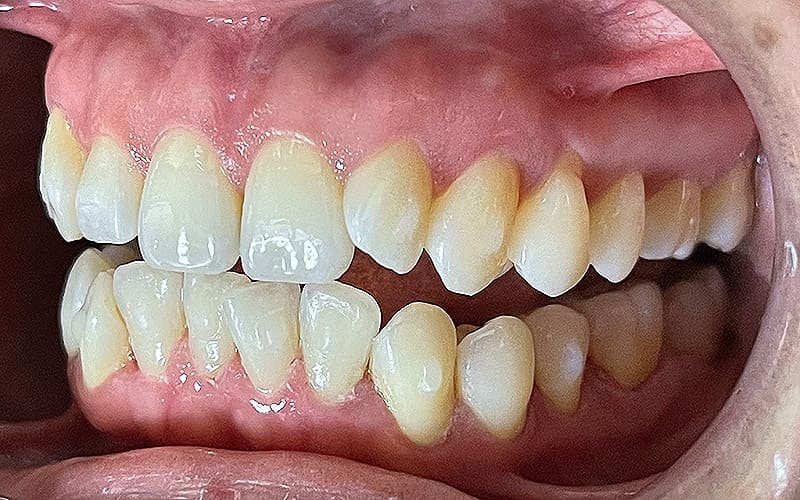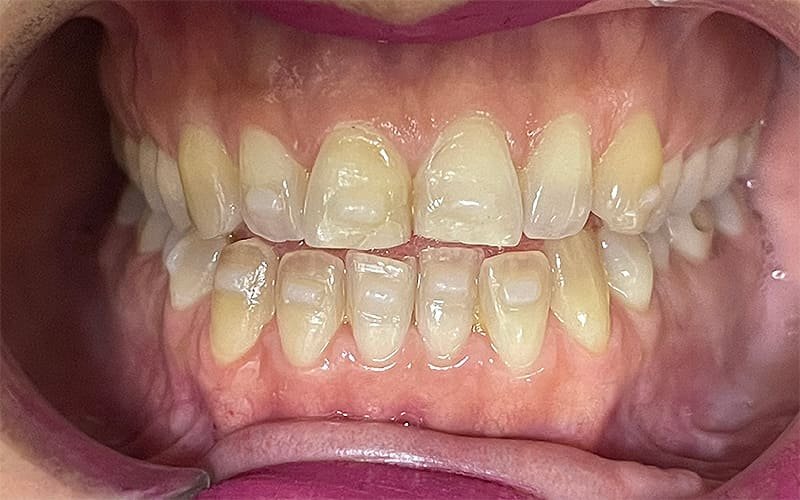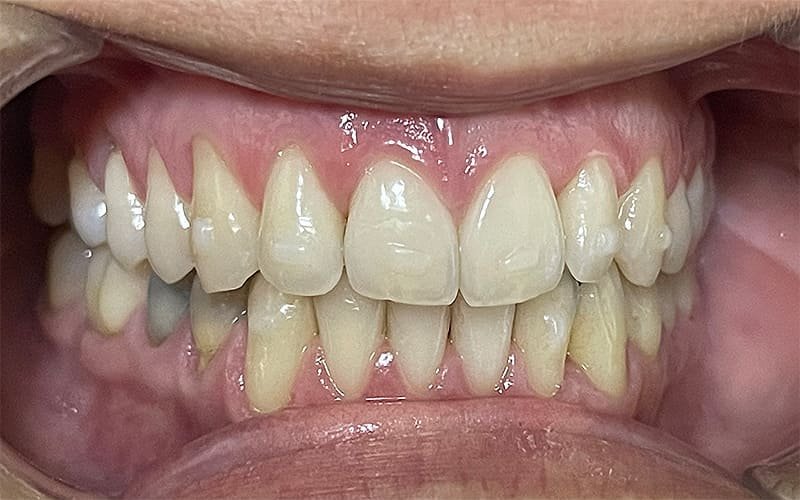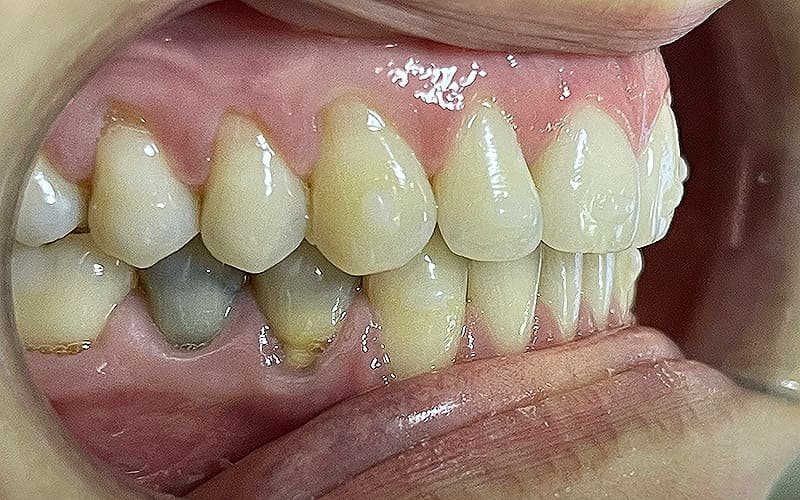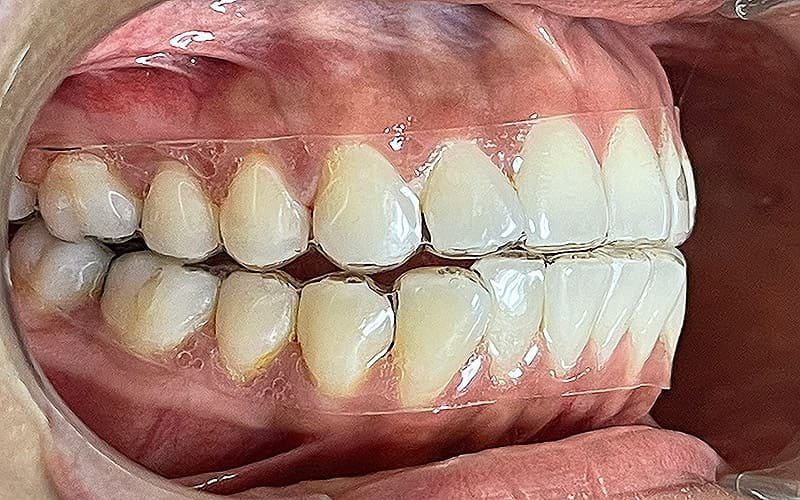Invisalign in Tijuana: Prodent – Straighten Your Teeth Discreetly and Affordably
Are you dreaming of a straighter smile but hesitant about traditional metal braces? Look no further than Prodent in Tijuana, Mexico. We offer Invisalign, a revolutionary clear aligner system that straightens your teeth discreetly and comfortably.
What is Invisalign?
Invisalign is a modern orthodontic treatment that uses a series of clear, removable aligners to gradually shift your teeth into their ideal positions. Unlike traditional braces, Invisalign aligners are virtually invisible, making them a popular choice for adults and teens who want to straighten their teeth without the noticeable metal brackets and wires.
Why Choose Prodent for Invisalign in Tijuana?
Experienced Invisalign Providers: Our team of certified Invisalign providers has extensive experience in creating customized treatment plans for a wide range of orthodontic cases.
State-of-the-Art Technology: We utilize the latest 3D imaging technology to create precise digital models of your teeth, allowing us to track your progress and make adjustments as needed.
Personalized Treatment Plans: We understand that each patient's smile is unique. That's why we create personalized treatment plans tailored to your specific needs and goals.
Affordable Excellence: Prodent offers competitive pricing for Invisalign treatment in Tijuana, making it a more affordable option than in many other countries.
Convenient Location: Our clinic is conveniently located in Tijuana, easily accessible from the U.S. border, making it a convenient destination for your orthodontic treatment.
Benefits of Invisalign:
Virtually Invisible: Invisalign aligners are clear and discreet, so most people won't even notice you're wearing them.
Removable: You can remove your aligners to eat, drink, brush, and floss, making it easier to maintain good oral hygiene.
Comfortable: Invisalign aligners are made of smooth plastic, so they won't irritate your cheeks or gums like traditional braces.
Predictable Results: With our advanced technology, we can show you a preview of your new smile before you even start treatment.
Shorter Treatment Time: Invisalign treatment typically takes less time than traditional braces.
The Invisalign Process at Prodent:
Consultation: We'll assess your orthodontic needs and discuss your treatment goals.
Digital Scan: We'll take a 3D scan of your teeth to create a digital model.
Treatment Plan: We'll develop a personalized treatment plan and show you a preview of your new smile.
Aligner Delivery: You'll receive a series of custom-made aligners to wear for about 22 hours a day.
Progress Checks: You'll visit our clinic regularly so we can monitor your progress and make any necessary adjustments.
Who is a Candidate for Invisalign?
Invisalign can treat a wide range of orthodontic issues, including:
Crowded teeth
Gaps between teeth
Overbite
Underbite
Crossbite
Your Journey to a Straighter Smile Starts at Prodent
Don't let crooked teeth hold you back from achieving the smile you've always wanted. Contact Prodent today to schedule a consultation and learn more about how Invisalign in Tijuana can transform your smile.
